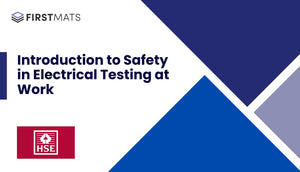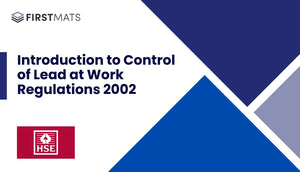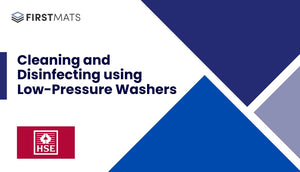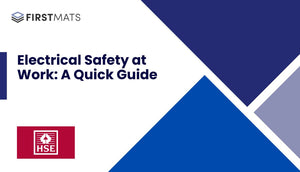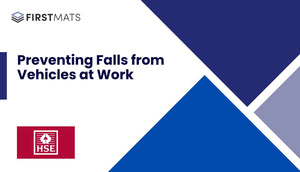Article Index:
Executive Summary of the HSE Report on Lead Exposure in Great Britain
This blog post presents an executive summary of the Health and Safety Executive (HSE) report on lead exposure in Great Britain for the year 2022. We've distilled the key findings and statistics from the report into easily digestible sections, making it simple for you to understand the current situation and trends.
1. Increase of 23% in Workers Under Medical Surveillance
In the 2021/22 period, there were 4,438 workers under medical surveillance for lead exposure, marking a 23% increase from the 3,602 workers in 2020/21. This increase is likely due to the impact of COVID-19 lockdown restrictions on the 2020/21 statistics. However, the number of workers under surveillance has shown a long-term downward trend over the last two decades. (Source: HSE Report, page 6)
2. 6% of Workers Under Medical Surveillance are Women
Of the workers under medical surveillance in 2021/22, 252 were women, constituting 6% of the total. This figure is slightly higher than the average of 4% in the years leading up to the coronavirus pandemic. (Source: HSE Report, page 6)
3. Only One Young Male (Under 18) Under Medical Surveillance
In 2021/22, there was only one young male person under medical surveillance, which is consistent with numbers from recent years, barring 2018/19 when 15 young people were under surveillance. (Source: HSE Report, page 7)
4. Smelting, Refining, Alloying and Casting Sector Account for 12% of Males Under Surveillance
This sector generally has the highest number of males under medical surveillance, accounting for 12% of all males under surveillance in 2021/22 and 14% during the three-year period from 2019/20 to 2021/22. (Source: HSE Report, page 8)
5. 15% of Males Under Surveillance are in the Paint Removal Sector
In 2021/22, the paint removal sector accounted for 15% of all male workers under medical surveillance, marking a significant increase from 5% in 2020/21. (Source: HSE Report, page 8)
6. 21% of Females Under Surveillance Work with Metallic Lead and Lead Containing Alloys
For females, the industry sector with the highest number of workers under surveillance in 2021/22 was working with metallic lead and lead containing alloys, accounting for 21% of all female workers. (Source: HSE Report, page 9)
7. 88% of Male Workers and 98% of Female Workers Have Blood-Lead Concentrations Below 25µg/100ml
The majority of workers under medical surveillance have blood-lead concentrations below 25µg/100ml. In 2021/22, this included 3,683 (88%) of the 4,186 male workers and 247 (98%) of the 252 female workers. (Source: HSE Report, page 10)
8. 0.2% of Male Workers Have Blood-Lead Levels at or Above 60µg/100ml
In 2021/22, the number of males with blood-lead levels at or above 60µg/100ml was 10 (0.2% of all male workers under surveillance), slightly down from the average of 17 per year in the three-year period before the coronavirus pandemic. (Source: HSE Report, page 11)
9. 0.5% of Male Workers Suspended Due to Excess Blood-Lead Levels
In 2021/22, 21 males (0.5% of all male workers under surveillance) were suspended from work due to excess blood-lead levels. (Source: HSE Report, page 15)
10. One Female Worker Suspended Due to Excess Blood-Lead Levels
One female worker was suspended from work due to an excess of blood-lead in 2021/22. (Source: HSE Report, page 15)
Conclusion
Lead exposure in the workplace remains a significant concern in Great Britain, with thousands of workers under medical surveillance. While the long-term trend shows a decrease in the number of workers under surveillance, it's crucial for industries to continue prioritizing worker safety and adhering to regulations to prevent lead poisoning.


